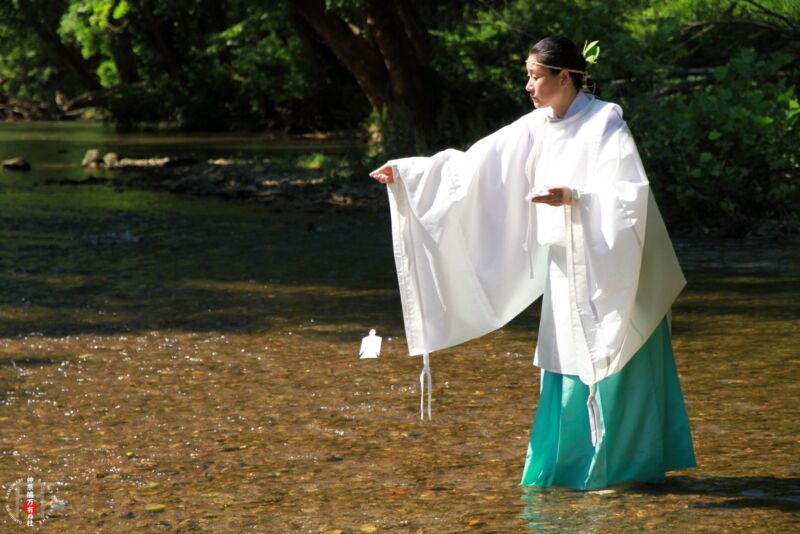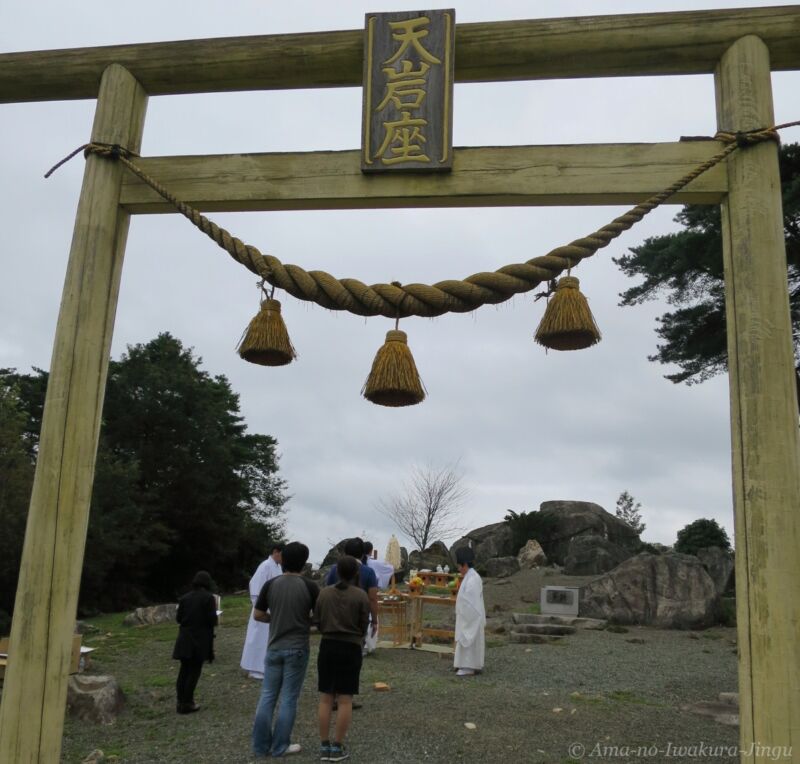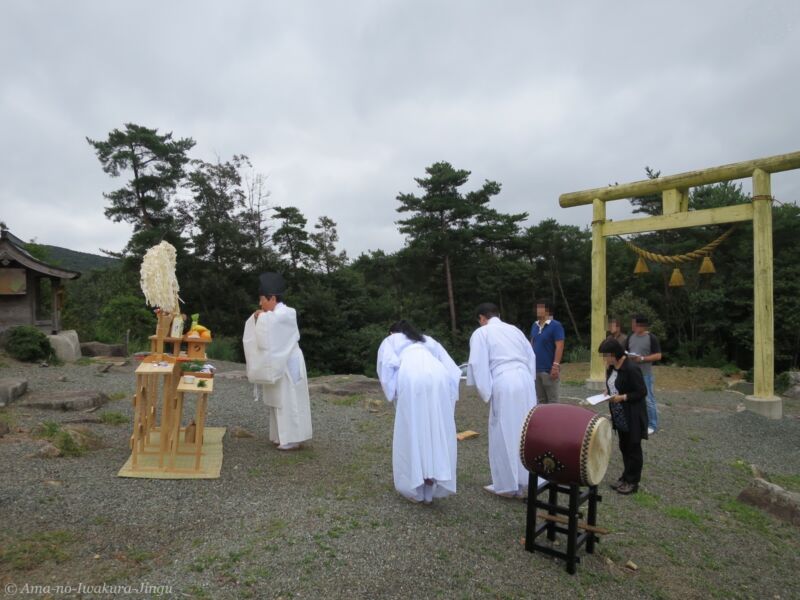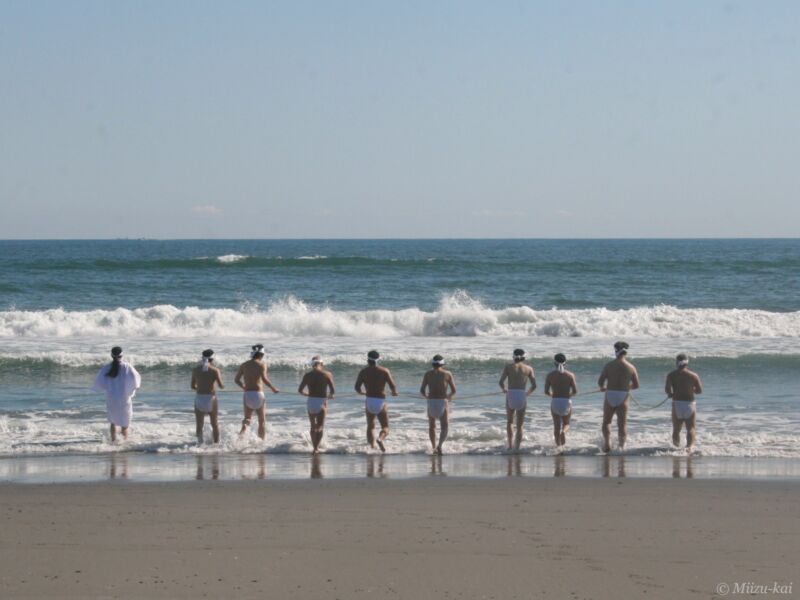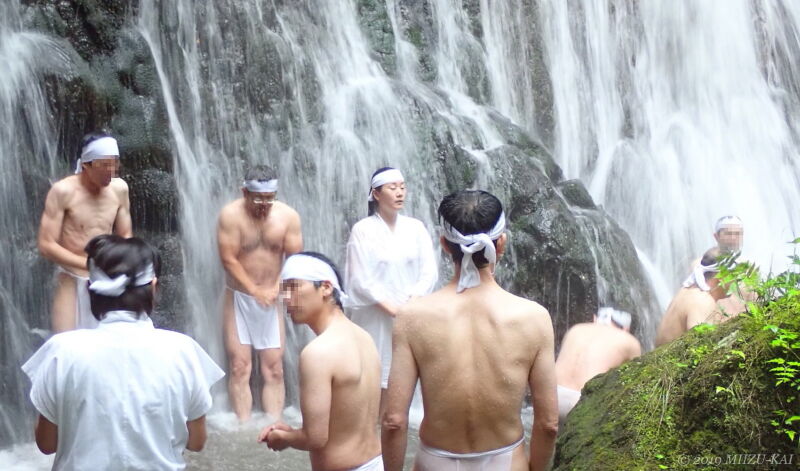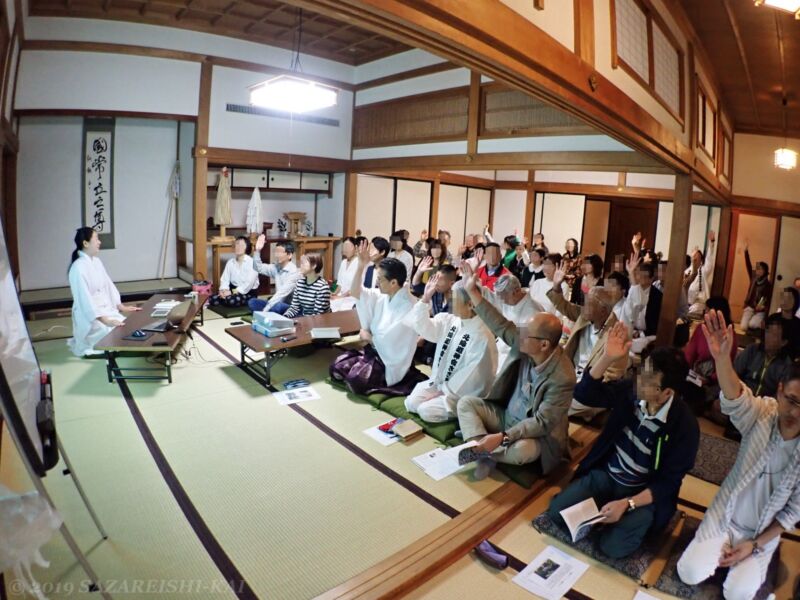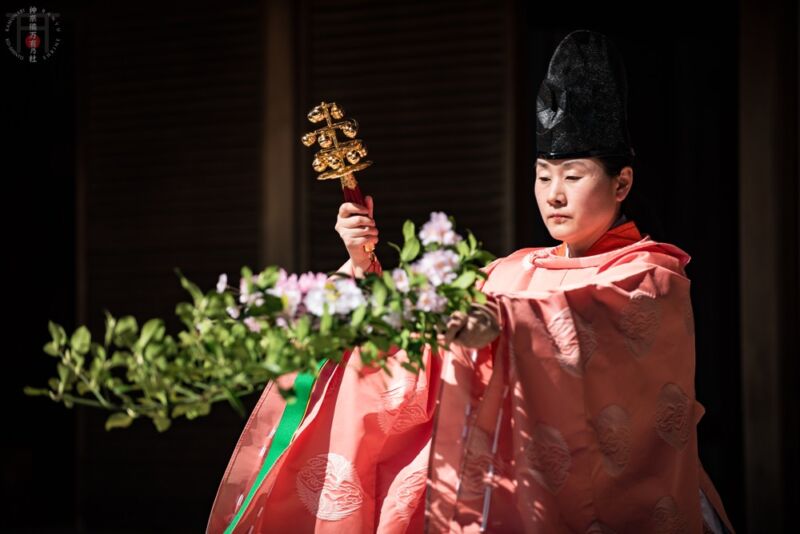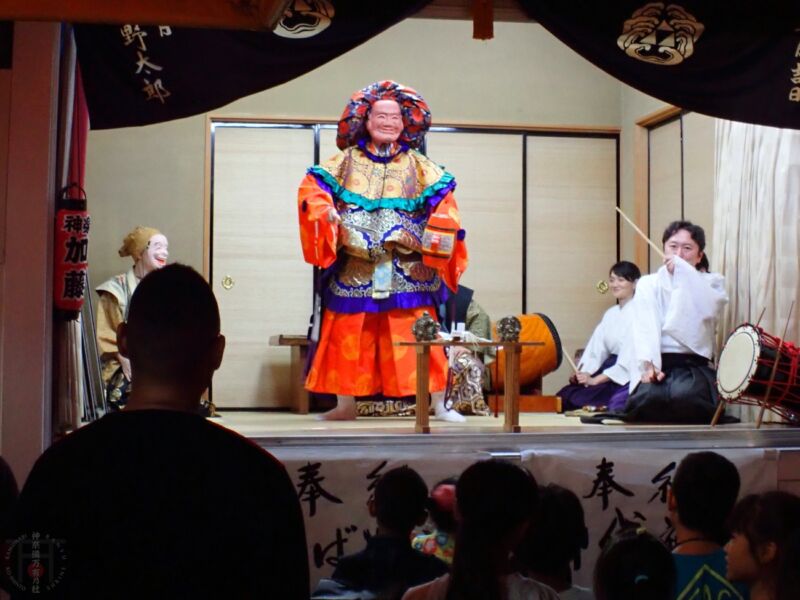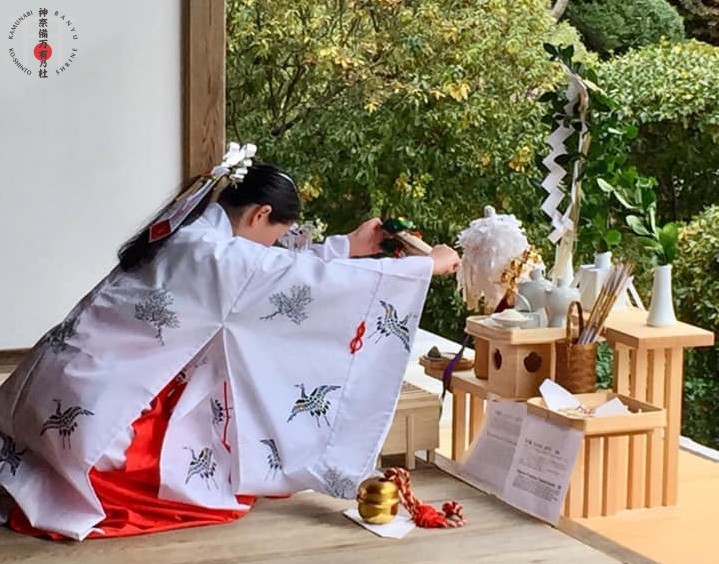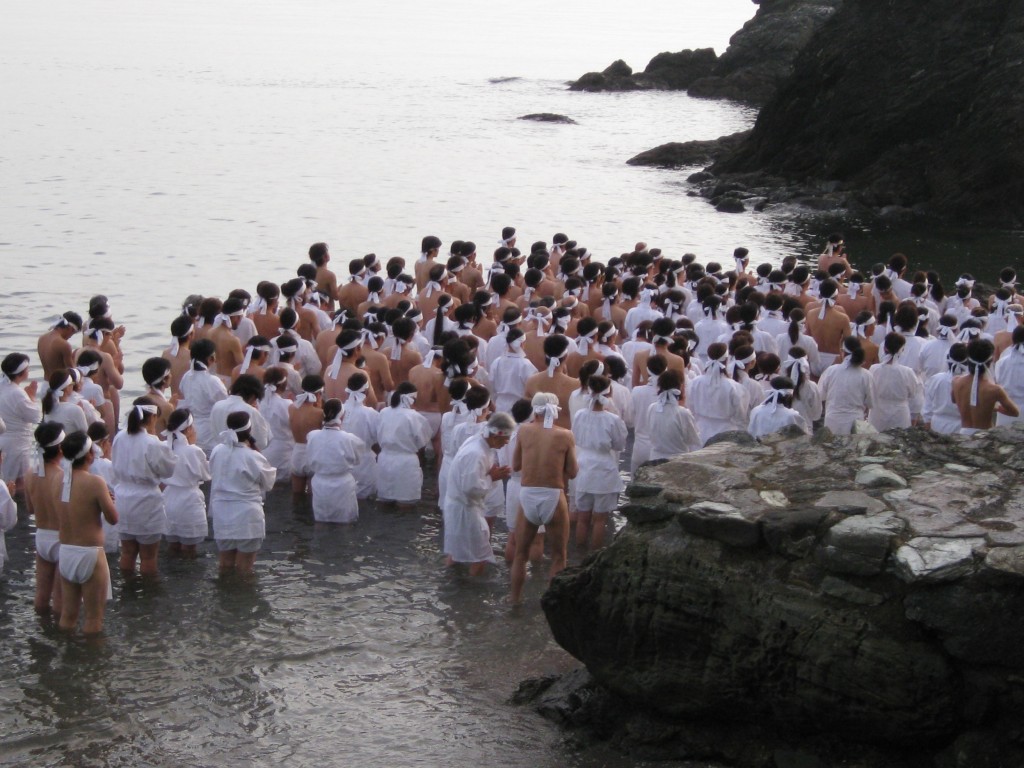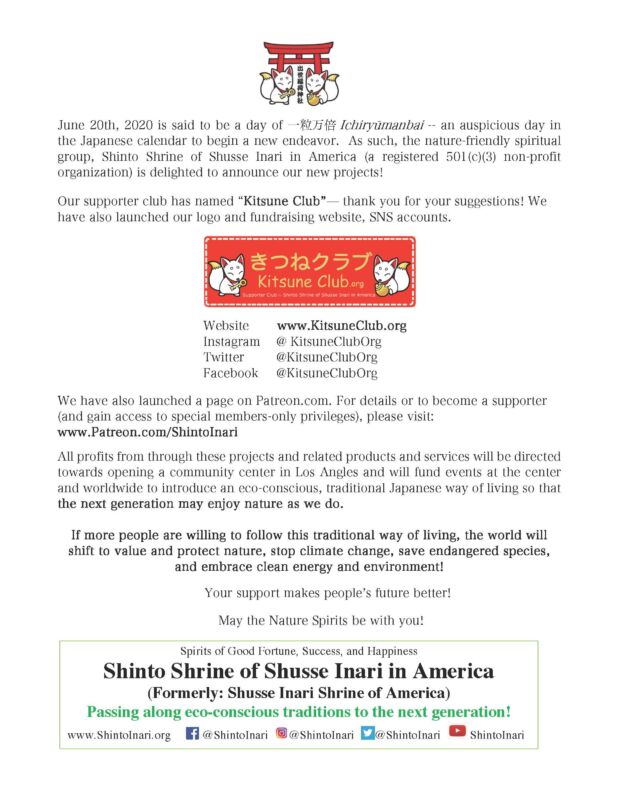This is a continuation of the interview with Alena Yushu Eckelmann. (For Part One click here.)
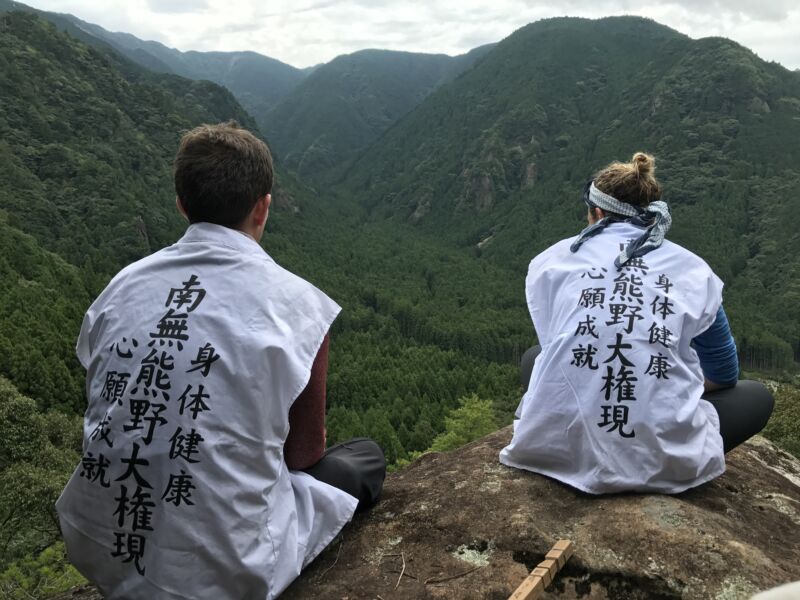
4) What does a typical spiritual tour consist of? Where could readers find out more, such as the price of tours and the type of accommodation, etc?
There is no typical spiritual tour. All pilgrimages and retreats are tailor-made and specific to the person or group of people I am guiding. There are common elements though such as mindful walking in nature, water and fire purification, prayers and chanting, meditation, a focus on the five elements and the stimulation of the five senses.
There should to be a strong interest in Japanese spirituality and Shugendo and the willingness to engage in practices and to follow instructions as a prerequisite. As I am working with my teachers and their temples, a relationship based on trust and mutual agreements must be honored at all times. I am planning, coordinating and guiding each tour and hence the number of tours depends on my, and my teachers’ capacity.
Depending on the number of days, the number of people, the accommodations and the content, the price varies. I work with the local communities and temples on Koyasan, Yoshinoyama and Kumano and use accommodations there. It can be Shukubo, guesthouses, minshuku or ryokan. The aim is to provide healthy meal options with ingredients ideally locally sourced, such as Shojin Ryori, Medicinal Cooking, vegetarian cooking, hand-made soba, or similar.
By working with other locals, many of those have become my friends over the years, I try to contribute to the revitalization of the Japanese countryside and to foster a sustainable way of engagement between locals and visitors. My ideal is that guests do not just pass through but stay longer and engage more.
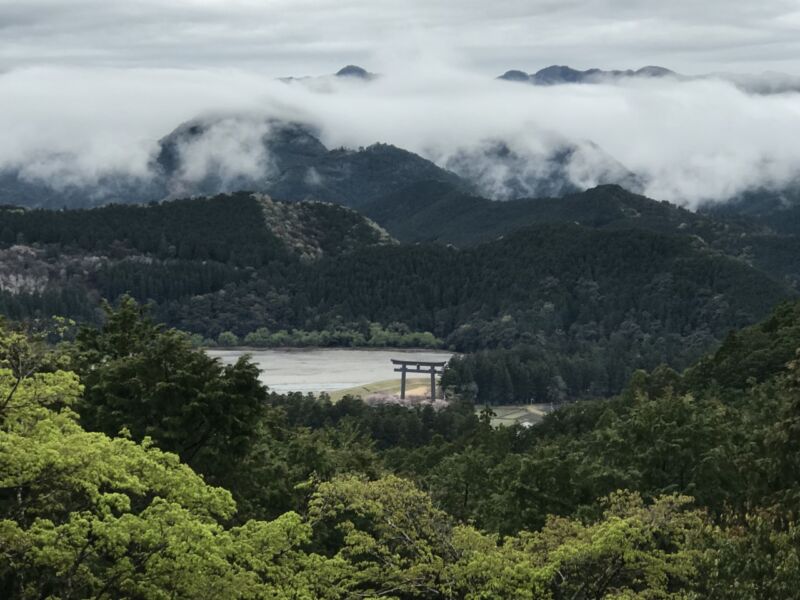
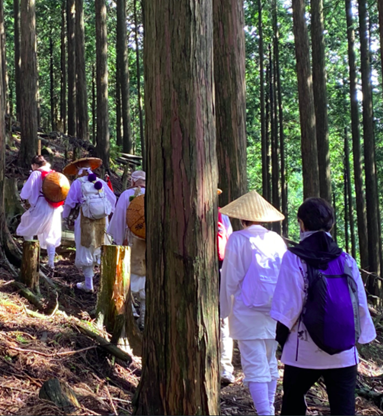
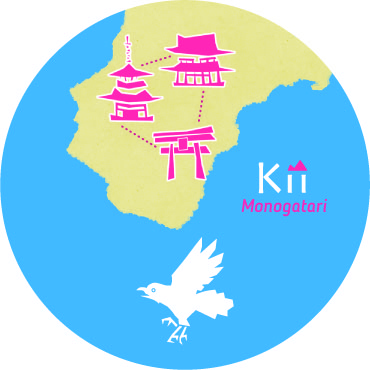
5) You also offer forest bathing. Many have heard about this but they not fully understand it. So how would you explain it? What is involved in the forest bathing you offer.
“Forest bathing” wants to bring us out of the head and into the body. Our senses are the interface between the outside world and our inside world. They let us experience our surroundings and connect with what is around us. We take them for granted but don’t really take advantage of this great gift anymore. When do we really see, hear, smell, taste and feel things around us, much less nature where we spend so little time these days. Many of us live in their heads and through their mobile devices. We think about the world rather than actually sense it with our body. The world is outside there, separate from us, rather than us being a part of this “inter-connected web of beings”.
Japan is the birthplace of Shinrin-yoku, which translates as “forest bathing”. It stands for a full immersion in a forest or in another natural environment and engagement of all senses, fully dressed of course and ideally in-person. Imagine that you bath in the atmosphere of the forest like you would bath in sunlight. You soak it all up with your senses and let the sounds, sights, scents, tastes, colors and textures of the forest do its beneficial work to your nervous system.
To be able to do that you need switch off your smartphone or better don’t bring it at all, then to slow down or even stand still, and become silent and observant of your surroundings as well as your feelings. This is something that we are not accustomed to doing in nowadays fast-paced, overstimulating, noisy and virtual lifestyles.
- Smell the faint sent of the shrubs, trees and flowers next to the trail.
- Listen to the murmur of the little stream that runs through the forest.
- Feel the touch of a breeze of wind gently blowing through the valley on your skin.
- See the shades of green around you and the different shapes of trees and leaves.
- What are you noticing?
Can you imagine sitting for 15 minutes under a tree doing nothing but focusing with all your senses on your surroundings. What are you noticing? Can you imagine to connect with a more-than-human being in the forest and have a conversation? What are you noticing?
The phrase “Forest Bathing” was coined in the 1980s in Japan. Its underlying idea is that spending time in nature benefits our health and wellbeing. Over the next 20 years the Japanese researched and scientifically tested this concept. Later the phrase was changed from Shinrin-yoku to Shinrin Therapy, which is now a recognized health management system in Japan.
The Forest Therapy Society of Japan describes Forest Therapy as “a research-based healing practice through immersion in forests with the aim of promoting mental and physical health and improving disease prevention while at the same time being able to enjoy and appreciate the forest”.
When Shinrin Therapy hit foreign shores (North America, Europe, Australia, amongst others) over the last 10 years more elements were incorporated and new methods and concepts were created that reflect the history of the land and its native people.
The Japanese way of Forest Therapy and the Western way differ a bit. While the former is more a structured guide-lead walk with elements of nature education, the latter is an invitational and participant-centered self-exploration with elements of council, or sharing circles. I have trained and I am licensed in both ways: first with the Forest Therapy Society of Japan and then with the Association of Nature and Forest Therapy (ANFT) based in the US.
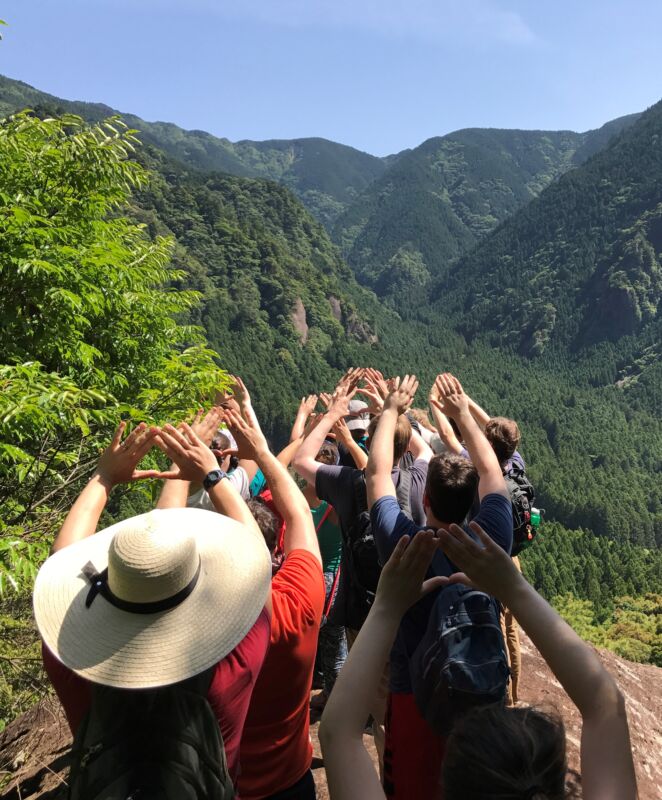
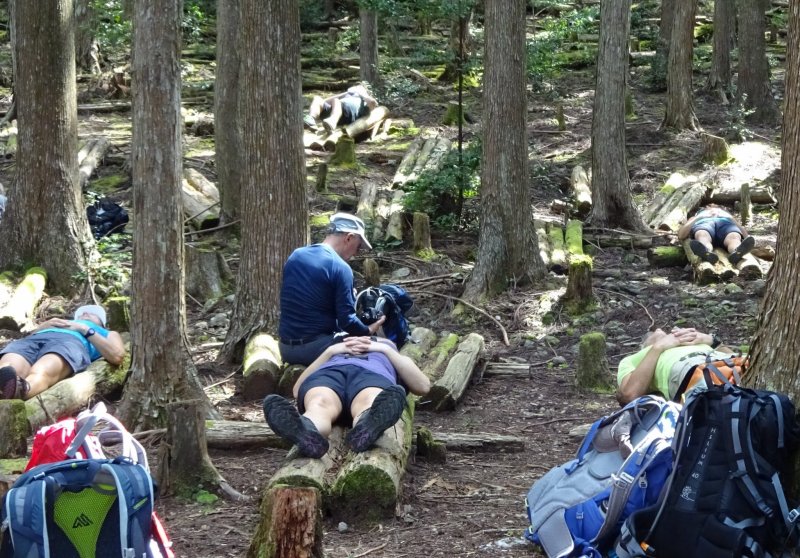
6) Finally a general question about the spiritual mix of Shinto, Buddhism and Shugendo. Do each offer something different, or can they simply not be separated in your opinion?
Shugendo is typically described as the “way of training and testing to receive special powers”. This is typically done in the mountains and forests of Japan and over time certain places have become the training grounds of Shugenja, the followers of Shugendo. The founder of Shugendo is said to be En-no-gyoja who lived in the 7th century. Gyoja means a person who is doing gyo, or ascetic activities in the mountains and forests. He is known to have been an herbalist and to have achieved super-natural powers through his training. He must have been in close communion with the spirits of the land and with the invisible realms of the kami-sama, the Japanese deities of Old Shinto.
He lived at a time when Buddhism had just arrived in Japan. The imported deities and believes merged with the local deities and believes and created a syncretism referred to as Shinbutsu Shugo. I think of it as two sides of the same coin. Each side is different but they cannot be separated. Academics called this merger Honji Suijaku (original ground and manifested traces) whereby Indian and Buddhist deities (Honji) appear in Japan as local kami (Suijaku), a theory that was accepted until the Meiji Restauration when Buddhism and Shintoism was forcefully split.
I believe that this syncretism is still the under-current of Japanese spirituality now and it is the base of Shugendo, which developed over centuries, merging both strands of Shintoism and Buddhism, as well as other influences such as folk beliefs and Taoism, into a spiritual mix with its own practices and rituals, and with its own identity as a self-conscious spiritual tradition.
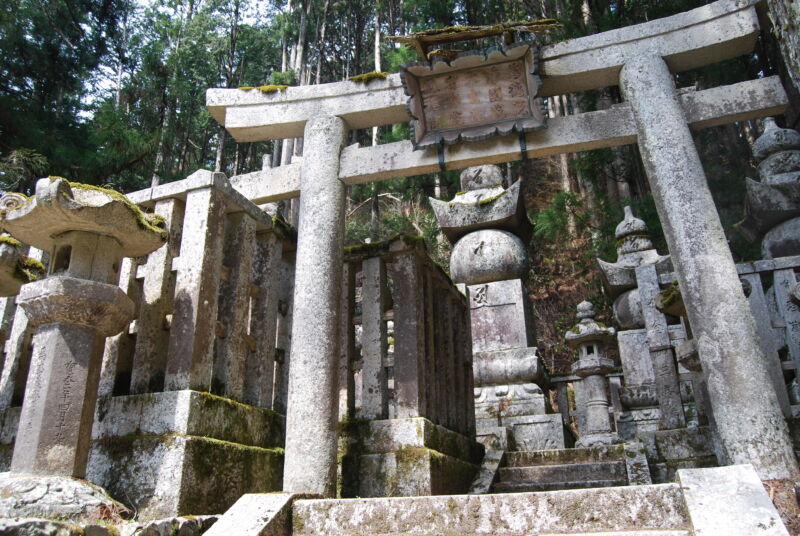
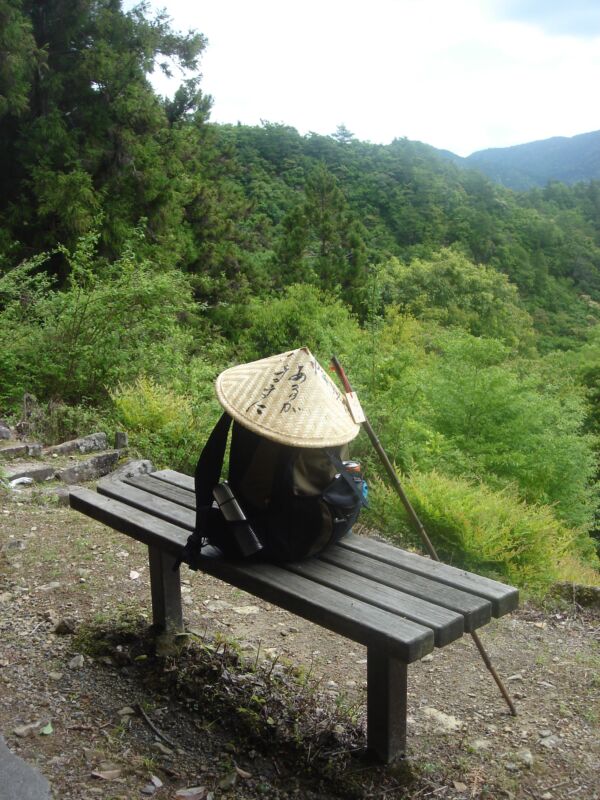
*********************
To read some published articles about Alena, please click here for a piece in Japan Tour, or for Kansai Scene here, or for Buddhist Door here.

